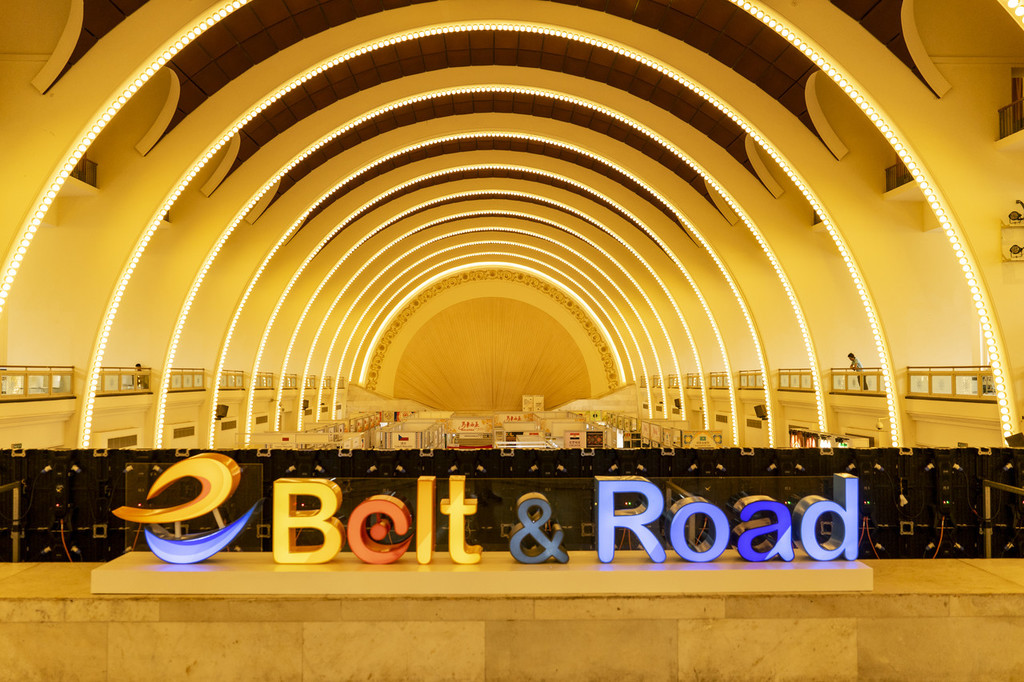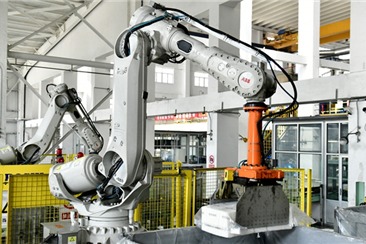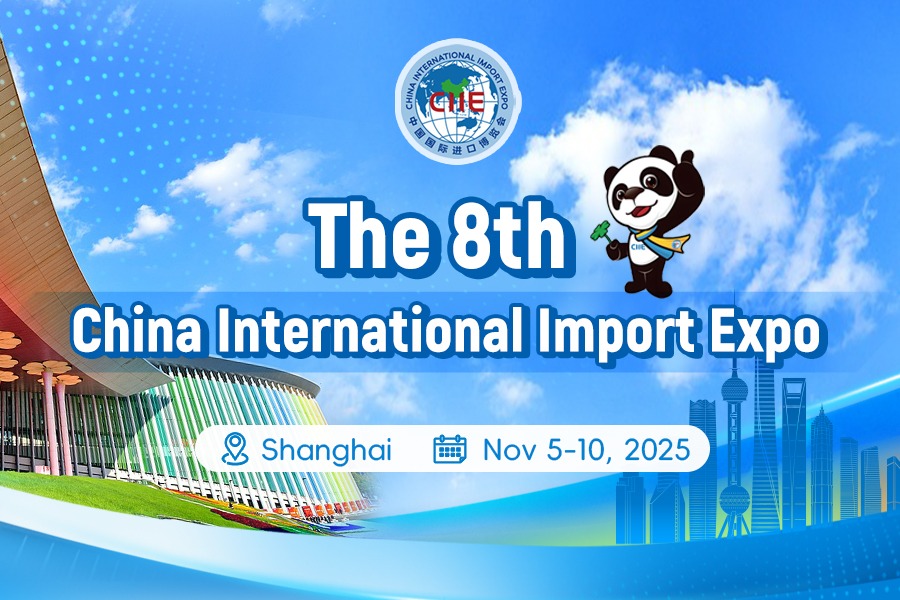BRI transport projects to benefit global economy, says World Bank


Transport infrastructure projects under the Belt and Road Initiative have the potential to "substantially" boost trade and reduce poverty in participating economies, as well as to generate a positive impact for the wider global economy, said a report released by the World Bank Group on Wednesday.
To achieve the full potential of the BRI, the report called for joint efforts from China and other participating economies to adopt deeper policy reforms, and adhere to high quality standards of transparency, environmental, social and debt sustainability.
"If fully implemented, BRI transport infrastructure can reduce travel times for economies along transport corridors by up to 12 percent, reducing trade costs," the report said, after assessing the network of proposed transportation projects in about 70 countries along land and maritime BRI corridors that connect Asia, Europe, and Africa.
The full implementation of proposed projects is estimated to increase trade by between 2.8 and 9.7 percent for economies along the corridors. For low-income corridor economies, foreign direct investment could rise by as much as 7.6 percent, said the report.
Non-BRI economies will also benefit from access to improved rail links and ports in the participating economies, raising trade worldwide by between 1.7 and 6.2 percent.
Increased trade is expected to raise global real income by 0.7 to 2.9 percent, not including the cost of infrastructure investment, according to the report.
Moreover, around 32 million people could be lifted out of moderate poverty as a result of the initiative, with another 7.6 million to be lifted from extreme poverty, mostly in corridor economies, the report said.
The report-which aims to help policymakers in developing economies weigh the potential prospects of participating in BRI projects-also pointed out that the initiative entails risks common to large infrastructure projects.
The study finds that among the 43 low and middle-income participating economies for which detailed data are available, 12, with already elevated debt levels, could suffer a deterioration in their medium-term outlook for debt sustainability.
"This highlights the risks associated with BRI, but risks can be mitigated with appropriate policies," Michele Ruta, an economist with the World Bank who led the study, said in a written interview with China Daily.
"Assuming sound public investment management, favorable financing terms, and continued growth dividends, the BRI's impact on debt sustainability could be positive over the long term," Michele Ruta, an economist with the World Bank who led the study, said in a written interview with China Daily.
There is thus a need to enhance the transparency of the terms and conditions of BRI projects and improve recipient economies' ability to assess these conditions, Ruta said, adding that the improved fiscal frameworks and regulatory environments of recipient economies will also help.
The report prioritized transparency as one of the three core principles that BRI participating economies should comply with to maximize benefits and mitigate risks brought by the initiative.
Specifically, it called for more public information on project planning, fiscal costs and budgeting, and procurement to encourage community involvement and build public trust in investment decisions.
The other two core principles are to deepen country-specific reforms and multilateral cooperation.
From 2013 to 2018, direct investment by Chinese enterprises in economies involved in the BRI had exceeded $90 billion, with an average annual growth rate of 5.2 percent, according to the Ministry of Commerce.
Li Qiang, regional co-managing partner of Asia at DLA Piper Global Law Firm, said Chinese investment in economies involved in the BRI is helping to fulfill the huge potential of bringing mutual benefits, citing the importance for Chinese companies to sharpen their skillset of communicating with local communities.
- China's BRI creates opportunities for German companies: business association speaker
- Think tank set to foster economic linkages in Central Asia
- Belt and Road nations hailed as key outlets for Chinese productions
- Innovative startups benefit from ties
- China to complete BeiDou-3 satellite system by 2020




































